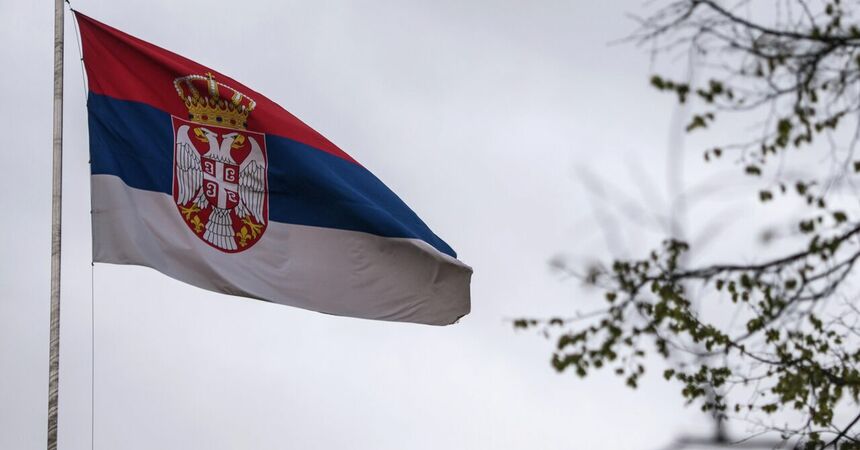As Serbia is not a member of the European Union, it imposes its own specific certification requirements for telecommunications equipment. To enter this market, obtaining the national certificate known as R&TTE is necessary, which confirms the compliance of equipment with regulations in the field of communications and radio equipment. In this article, we will explore the steps needed to successfully complete certification and how to avoid common pitfalls.
1. Understanding Certification Requirements
Since Serbia has its own standards, it is essential to thoroughly prepare for the certification process. The main requirements include providing the following documents:- Test reports from accredited laboratories (accredited by ISO 17025), including:
- Product operating manual in Serbian.
- Specification with complete characteristics in English.
2. Choosing an Accredited Laboratory
Engaging with ISO 17025 certified laboratories is mandatory. Research available options and choose partners with experience in the telecommunications sector. This will help minimize the risk of document revisions.
3. Determining the Applicant
According to the rules, both local and foreign companies can be applicants. Considering that accreditation allows for a foreign applicant, you can avoid unnecessary expenses and time spent finding a local representative, which simplifies the documentation preparation process.
4. Certificate Acquisition Timeframe
The process of obtaining the R&TTE certificate takes from one to two weeks, including documentation review and registration with the regulatory authority. Be sure to factor in this timeframe when planning market entry.
5. Absence of Inspection Control
A notable feature of the Serbian certification system is the lack of mandatory inspection controls during the three-year validity period of the certificate. This means that if your product remains unchanged, you can confidently operate in the Serbian market for the entire duration of the certificate's validity.
Conclusion
Certification in Serbia is straightforward if you adhere to all necessary requirements and recommendations. Ensuring correct and complete documentation, cooperating with accredited laboratories, and choosing the right applicant will help you avoid issues and optimize time spent.
For comprehensive information and demonstrations of the benefits of verifying your equipment's compliance with regulations in Serbia, you can visit specialized resources where you'll find everything necessary for successful certification.
